Nali-kali started in 1995, as a small UNICEF-assisted pilot project in H. D. Kote, Mysore District. Searching for ways to revitalize primary schools, a group of 15 primary school teachers and administrators went to Rishi Valley (Madanapalle, Chittoor district, Andhra Pradesh) to study the satellite schools where children in multi-grade classrooms were learning to read, write and unleash their creativity in a joyful and exciting environment.
When Mysore district came under DPEP Phase II in 1998, the Government decided to upscale the H.D. Kote experiment to cover the district. The DPEP project launched in few districts has accepted joyful learning –Nali-kali as the important dimension of the educational reform and the importance of encouraging and empowering teachers to initiate changes from within. This was further extended to 10 blocks under Janashala programme and in all the blocks of Mysore district (except Mysore urban taluk) which was an Unassisted project in 1999.
A decision was taken to limit nali-kali up to class II and sustain nali-kali in 17 blocks -10 Janashala and 7 Mysore blocks and upscaling to the entire state to be made based on the success of the programme in these 17 blocks.
UNICEF has assisted SWASTH program in few select blocks from 2003-04 to 2006-07 have also been adopted the Nali-Kali approach of Teaching and learning. (Sahapura, Surapura, Alanda, Lingasgur, Raichur, Manvi, Sindhanur & Devadurga).
As this methodology was more appropriate in multi-grade situation in a school, this methodology was introduced in 13691 schools of Karnataka where the number of children is less than 30 at the lower primary level under Sarva Shikha Abbyan. In the year 2008-09 as per Government order No.ED 22 MCD 2008 Bangalore, dated 31.01.2008 (ED 16 sweemer (Unique) dated 31.01.2008)
In 2009-10, nali-kali was introduced in all govt. Kannada medium schools of Karnataka at class I & II.
Nalikali materials in Urdu was also developed and this methodology was piloted in all Govt Urdu medium schools of 22 blocks covering the entire districts of Mandya, Bidar, Bijapur and two blocks –Siddlaghatta of chikkabellapura district and shorapur of yadgiri district.


